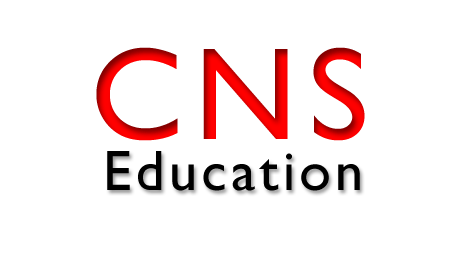ANNAPOLIS — A provision in a state statute guarantees that each of Maryland’s community colleges receives no less than it did the prior year, but Gov. Larry Hogan’s proposed budget for the 2016 fiscal year includes plans to reverse that.
Under the current formula, funding and distribution of aid for community colleges is tied to per-student funding received by University System of Maryland schools — which are set to receive the largest increase — $15.5 million or 1.3 percent — in higher education dollars in Hogan’s 2016 budget.
The state’s 16 community colleges, which educate more than 500,000 students, are not part of the University System of Maryland, which is made up of public, four-year institutions.
Hogan’s budget cuts the formula’s baseline amount, resulting in an $800,000 decrease in year-over-year direct state aid to community colleges, and his Budget Reconciliation and Financing Act of 2015, if approved by the legislature, would not allow legislators to make up the difference.
The act, reflected in Hogan’s 2016 fiscal year budget, also restricts community college revenue growth to 1 percentage point less than the percentage growth of the state’s overall fund revenues each year.
The governor is under pressure to make up for anticipated shortfalls of hundreds of millions of dollars, and in his 2016 budget all state agencies are expected to make cuts.
The proposed cuts to community colleges come at a time when exactly the opposite is needed, said Barbara Viniar, president of Chesapeake College.
“We serve the hardest-to-serve students, expanding the idea of college for underserved populations,” Viniar said. “As public support goes down, the cost to students goes up.”
Community colleges are funded largely through state and local governments and tuition.
Community college trains students for careers in fields, like healthcare, that provide a strong return on investment for communities, she said. Enrollment at Chesapeake College has been declining, she said, and community colleges need more money to develop programs that keep them competitive and attractive to students.
Budget constraints on the five counties that also contribute to funding for Chesapeake College – Dorchester, Caroline, Talbot, Kent and Queen Anne’s – may prevent them from providing the increase the college had hoped for, Viniar said.
“We built our budget assuming it would be flat,” she said. “But it seems we are squeezed on both sides.”
Chesapeake College plans to cut some maintenance and repair projects, large technology projects and a new position that would support the college’s dual enrollment program, a growing and important initiative that encourages high school students to focus on higher education early on, she said.
“But what we don’t want to do is pass more of the cost on to the students,” said Viniar, as tuitions have already seen increases in recent years. “When you are paying your own way, even $15 more for a course means a lot.”
Acting Secretary of the Maryland Higher Education Commission Jennie Hunter-Cevera, a member of Hogan’s cabinet, said her group is working on an internal effectiveness and efficiency review to ensure budget dollars are being used the best they can.
“Education is changing, especially higher education,” said Hunter-Cevera. “(Tuition) is a moving target, so much of it depending on the economy. Going forward, we have to focus on regional needs and formulas that match the needs that we’re seeing from the students.”
Hunter-Cevera and her husband have seven children, one of whom attended Howard Community College, and she said she knows from experience that there is no “one-size-fits-all approach” to higher education.
She said that she plans to collect and analyze best practices from teachers, parents, program models, and other experts from across the state and country to help Maryland continue as the leader in education standards.
In a presentation to the House Ways and Means Committee on Thursday, Bernard J. Sadusky, secretary and executive director for the Maryland Association of Community Colleges, said that as the main driver for workforce development in the state, the association is dedicated to ensuring that community college students are educated for the jobs that Maryland has to offer.

